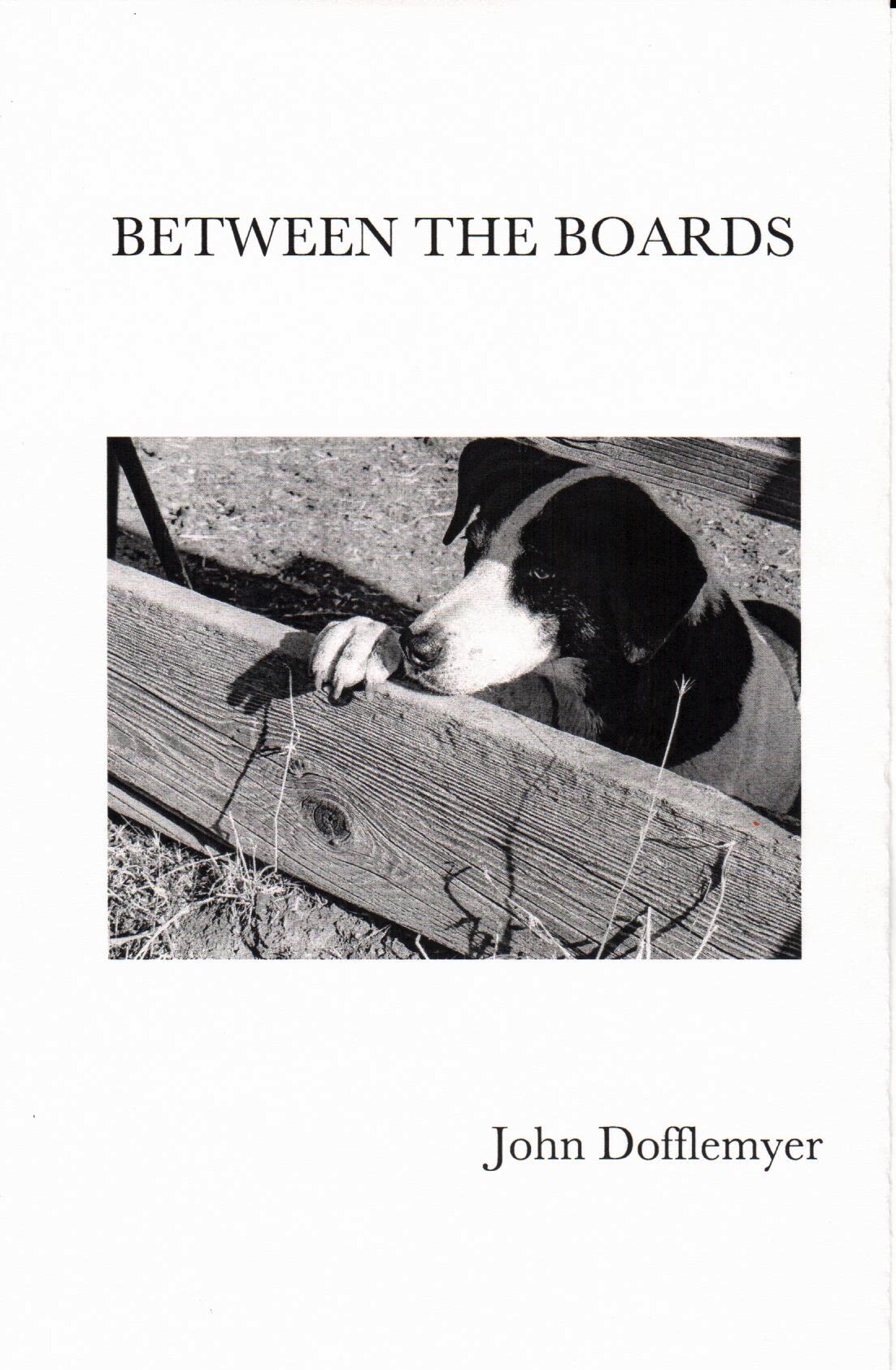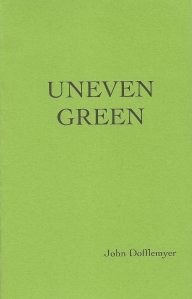It’s habitual, looking to the mountains for our future, the Kaweah Peaks over Remy Gap in the southern Sierra Nevada above, not completely dressed in snow from the last storm on December 16th— another forecast for the 23rd. Ideally, the snow is laid in while it’s cold enough to freeze before mid-January, then slow melt to feed our rivers and replenish the groundwater in the San Joaquin Valley, once the most productive agricultural region in the world, or so I was told in college.
Much has changed since the 60s when Visalia was a town of 16,000. Now a city populated by 124,000 people drawing on groundwater resources year-round. The growth of Valley towns has also displaced some of our best agricultural ground in a short span of fifty years. The implementation of flood control structures on nearly every river on the west slope of the Sierras since, regulating surface water flows, have also had a severe impact to groundwater levels in the Valley. Add the wild cards of drought and more deep wells, less low snow as the climate changes, ours is not a hand to bet on long.
Well-meaning, but onerous, water legislation will not create more water. Nor will the monies set aside to build more dams, especially since we haven’t filled the ones we have in years. But for us, and most foothill livestock producers, we look to the Sierra snowpack this time of year for our future summer stockwater, the small leaks in granite cracks that feed our springs providing water for cattle and wildlife.















I just finished reading “The Cattle King” the biography of Henry Miller who was so instrumental in the water fights in the San Joaquin Valley. This is my second read of this book and I understood a lot more of what was happening this time around. If he had not been there think of how different your water would be at present. Interesting read, if you have not read it. Lenore Brashear
LikeLiked by 1 person
An enlightening read years ago, ‘The Cattle King’ sits on the bookshelf with what I refer to as my California Trilogy: Steinbeck’s ‘Grapes of Wrath,’ Didion’s ‘Where I Was From’ and Arax and Wartzman’s ‘King of California.’ California’s ‘boom or bust’ mentality threads through them all. With water as the common denominator, Reisner’s ‘Cadillac Desert’ stands high among them.
LikeLike
Well put, John. Since I grew up very close to your ranch I have really appreciated your photography of both livestock and landscapes. A couple of your comments address reads about early California, water, etc. I do not have them at hand but there is a book titled The Octypus (close on spelling) which has much to do about early CA agriculture and the railroad and the book about J.G. Boswell. If other followers have not read these two books they may find them of interest.
Rich
LikeLike
Thanks, Rich. In these seemingly crazy times, I think the perspective, the setting from which we’ve come, helps us better understand how we got here and what we’ve lost while living instantaneously.
LikeLike
Well I haven’t read all your California Trilogy books. Only ‘Grapes of Wrath’.
My husband graduated from Cal Berkeley and was a bit behind Didion. i have never read any of her things so I guess I should. There was an article about her, someone has done a new biography, in the Bancroft Library Journal.
The book ‘King of California’ might be fun . It was made into a movie too. Did not get spiffy reviews. There was no, or very little, Spanish gold buried in CA. The Spanish Rancheros did not have much coin. They did most of their purchases by barter, even with the ship captains. They never got to the Sierra to find any gold .One cowhide was worth about $1 and the hides were known as “California Banknotes”. To read a great book on California trading ships “Two Years Before the Mast” by Dana is a great one. It is a true story of his time on a ‘coaster’ as the hide trading ships were known.
In the 1950’s there was a real treasure hunt in the SF area. The Chronicle newspaper sponsored a hunt for “Emperor Norton’s Treasure”. It was $1000 and treasure clues appeared in the paper. Of course it was designed to sell papers and that it did until they quit the hunt. My mother and i actually participated on one hunt and came within a few feet of finding it. If you don’t know anything about “Emperor Norton” he was a real person, a bit off kilter in later life, who proclaimed himself emperor of the United States.Lenore
LikeLike
The movie ‘King of California’ is not related to the book.
LikeLike
John, all good choices. I found Kevin Starr’s ” Americans and the California Dream ” series most helpful in trying to understand the California zeitgeist. Although not solely focused on agriculture, Starr covers the waterfront on all the touchstone issues.
LikeLike
Thank you, David for your thoughtful suggestion. Much appreciated.
LikeLike
John, I enjoy learning about Visalia and your Kaweah Peaks. In our livelihood we all live and die by the moisture. Thanks for the share.
LikeLike
All good, Katie. Sometimes I think I’m talking to myself.
LikeLike
No, other ranchers and writers are listening!
LikeLike
Ah, the practical side of the poetic is shaped by the contours of your verse. We live at the confluence of two great streams: Grace and Law – and here we have learned to survive, sometimes even to dance . . . Blessings on your Christmas at the ranch!
LikeLike